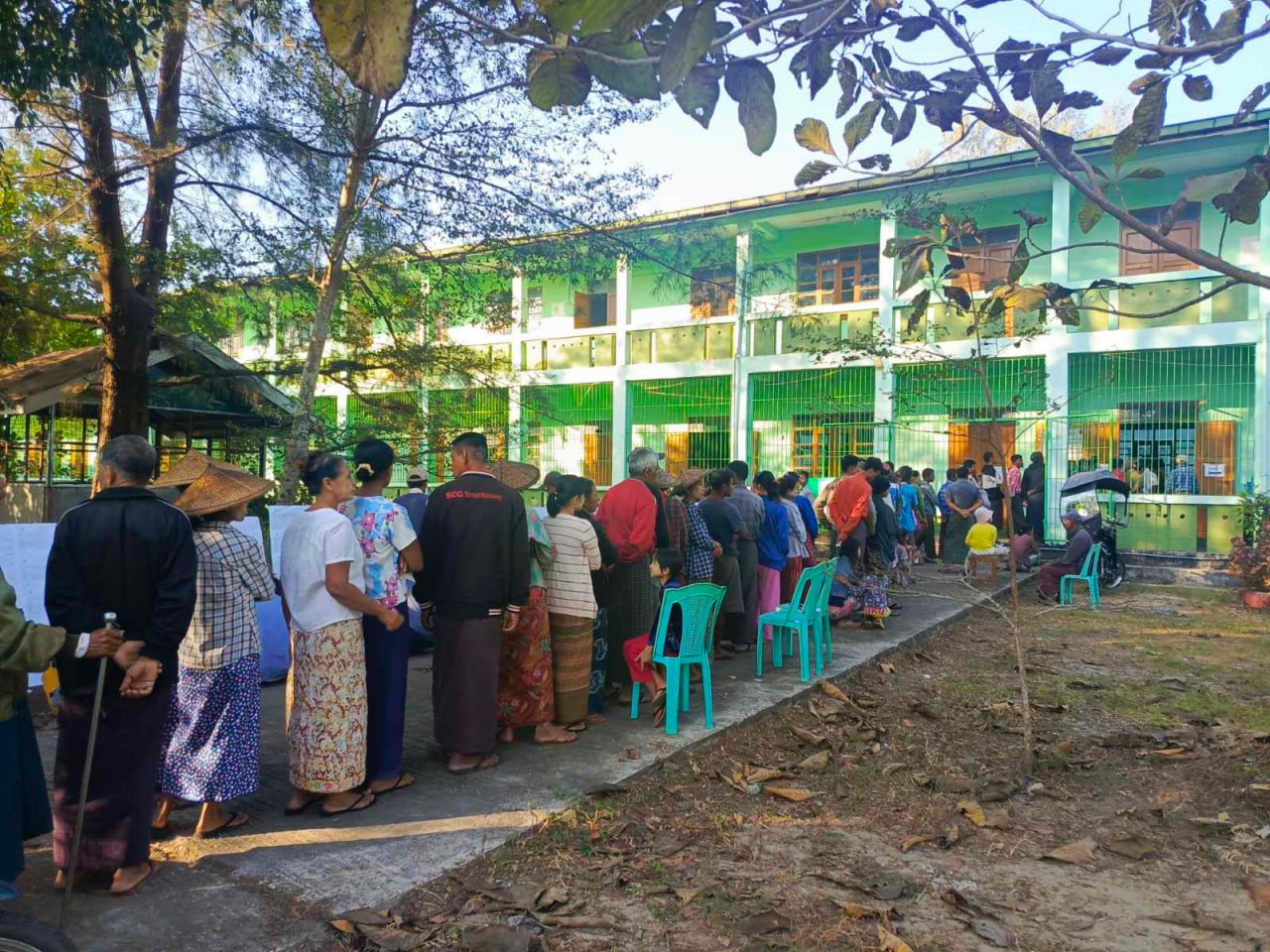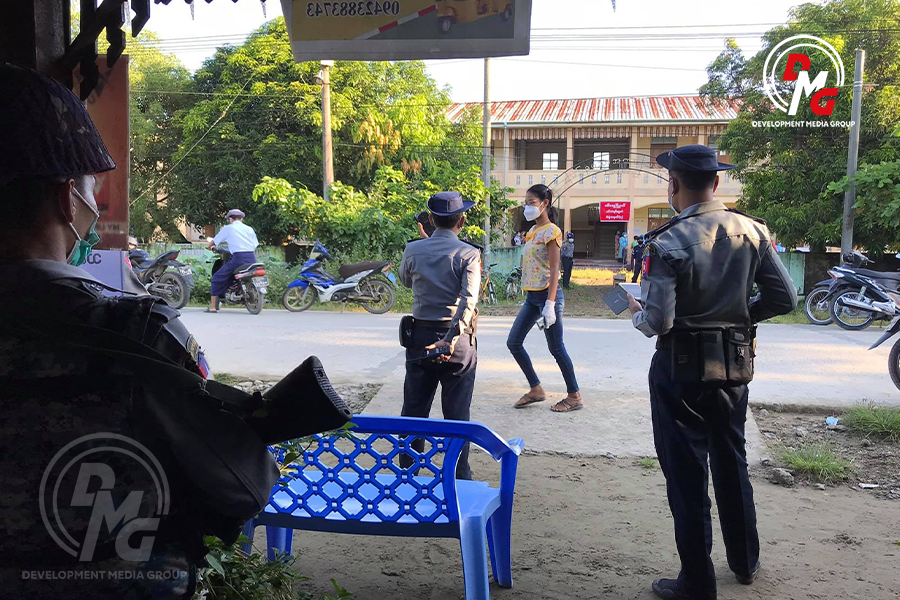- Junta unable to hold elections in dozens of wards and village-tracts in Sittwe, Kyaukphyu
- Fighting escalates between Myanmar military, Arakan Army in Ayeyarwady Region
- Regime steps up civilian arrests in Sittwe
- ULA safeguards Mrauk-U's ancient heritage
- Arakan on the Edge: What the DMG Landmine Impact Report Reveals About Myanmar's Deepening Humanitarian Crisis
Junta spokesman details donors’ post-cyclone generosity
Myanmar’s military regime has taken in billions of kyats from donors in the aftermath of Cyclone Mocha, according to junta spokesman Major-General Zaw Min Tun.
23 Aug 2023

DMG Newsroom
23 August 2023, Sittwe
Myanmar’s military regime has taken in billions of kyats from donors in the aftermath of Cyclone Mocha, according to junta spokesman Major-General Zaw Min Tun.
“We got K33 billion, one billion foreign currencies and over US$750,000 from donors at home and abroad for the storm victims during the period from May 14 to August 21. There were also many people who donated cash to the storm victims personally,” he told a press conference on Tuesday.
Locals say that although the junta has provided assistance to people affected by the May 14 storm in Arakan State, it is still not enough for them. More than three months after the storm, many storm victims are still unable to repair their damaged homes.
“The military regime has collected the figures about damaged homes, but it has not helped us rebuild the damaged homes. The military regime provided two Pyi of rice to each family affected by the storm,” said Ko Aye Kyaw, an IDP man from Hngetchaung displacement camp in Pauktaw Township.
The estimated damage to residential buildings due to Cyclone Mocha is more than US$1.1 billion, the value of damage to non-residential buildings is US$410 million, and the value of damage to infrastructure is US$490 million, according to the National Disaster Management Committee (NDMC).
The total value of damages to agricultural industries due to Cyclone Mocha is estimated at US$237 million.
Cyclone Mocha damaged 262,954 homes, 3,057 religious buildings, 1,892 public schools, and 444 health facilities, killed 299,337 cattle and destroyed 17 telecommunication towers and 8,693 electricity poles, the NDMC said.






-1.jpg)










